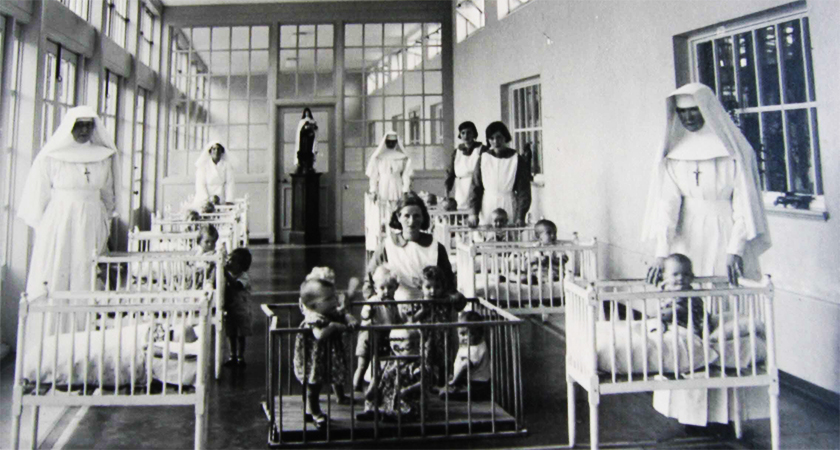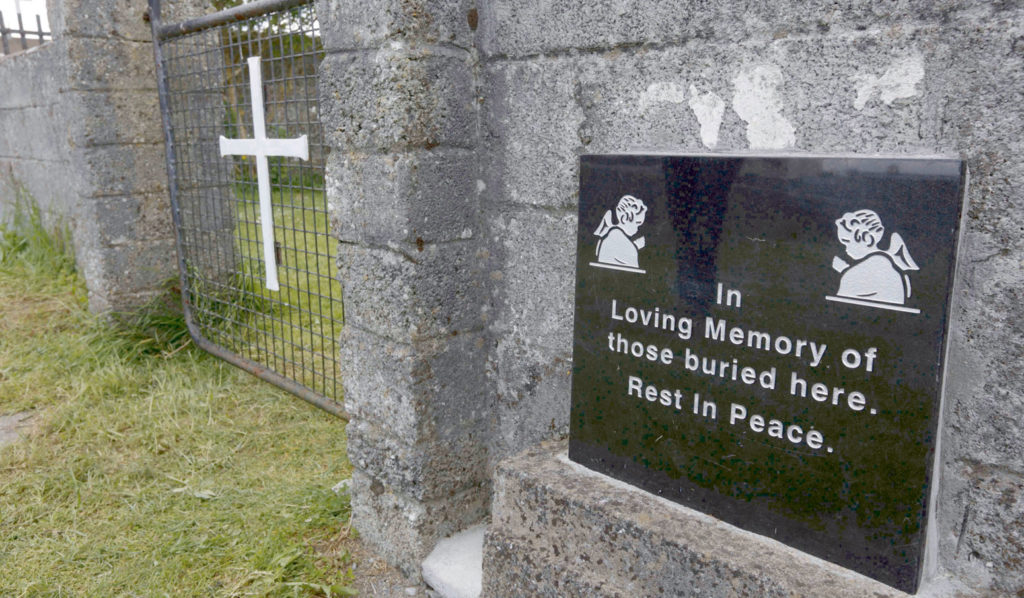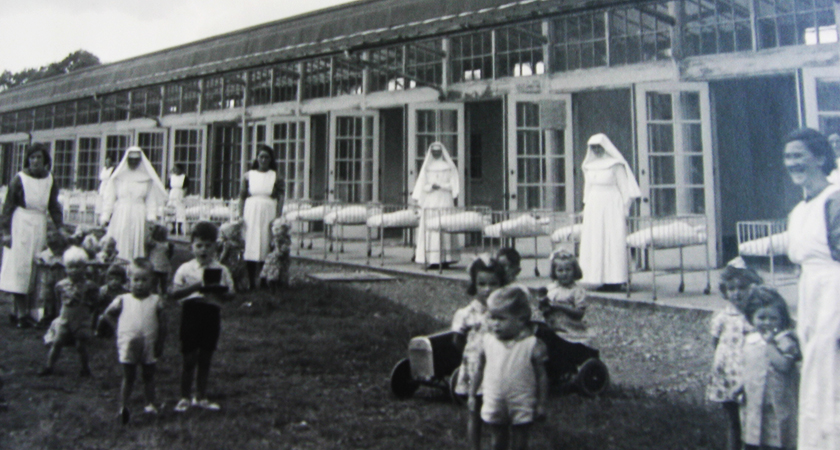THE TAOISEACH is to issue a State apology today to all the victims of Ireland's Mother and Baby Homes after a new report highlighted the cruelty, abuse and 'brutal misogyny' suffered by those inside.
The report of the Commission on Mother and Baby Homes, released yesterday after being established in 2015, provides a full account of the horror experienced by vulnerable women and children in Ireland's institutions between the years of 1922 to 1998.
Approximately 56,000 women gave birth to 57,000 children in the Mother and Baby and County Homes investigated by the Commission, however the report states there is likely to be a further 25,000 unwed mothers and a larger number of children in homes not investigated.
Mothers as young as 12 years old were detained in these institution; the report states that some pregnancies were the result of rape, some women had mental health problems, and some had an intellectual disability.
"However, the majority were indistinguishable from most Irish women of their time. The only difference between the women in mother and baby homes and their sisters, class-mates and work companions was that they became pregnant while unmarried."
Children born in these institutions had an extremely high rate of infant mortality: between 1945-46, the death rate among infants in mother and baby homes was almost twice that of the national average, the report states.

Disquieting statistics reveal that around 9,000 children died in the institutions which were investigated-- about 15% of all children in the homes. In the 30's and 40's, 40% of children born in the institutions died before their first birthday.
These high mortality rates were known to local and national authorities at the time and were recorded in official publications.
Many of the homes, particularly Kilrush and Tuam-- where the bodies of some 800 children were found to be buried in a septic tank some years ago-- had "appalling physical conditions".
There were "continuous requests for coffins of various sizes" from the home in Kilrush, suggesting that a large number of children died while there.
The homes were in rural, remote areas, and a plan to move the Children's Home from Tuam to Galway led to outrage from the Archbishop of Tuam as the proposed new location was near a busy road and the women would be over-excited by passing men.
"Anyone who has experience of the workings of a Home for unmarried mothers will tell you that such a Home must be in a place that is quiet, remote and surrounded by high boundary walls.
"In many cases they are on the look-out to get in touch with men, and some of them cannot repress their excitement even when a man comes to the Home to deliver a message.
"Many of these unmarried mothers are anxious to get off without delay. The only thing that prevents their leaving is the strict supervision and boundary walls … in some cases
it has been known that attempts were made from outside to get at the inmates."
 The site of the former mother and baby home in Tuam, Co. Galway (Image: RollingNews.ie)
The site of the former mother and baby home in Tuam, Co. Galway (Image: RollingNews.ie)While the report acknowledges that "the woman and children should not have been in the institutions", it states that there is no evidence of "gross abuse" despite "a small number of complaints of physical abuse".
The Irish Examiner reports that a number of children who were born and spent time in the homes report physical abuse, with one person losing their hearing after being dragged by their ears; another man being told to put his hand in boiling water for misbehaving, a boy forced to drink from the toilet after being denied water when suffering from chicken pox, and multiple children reporting they were bathed in boiling water and Jeyes Fluid which burned their skin.
One man stated that his mother told him she was removed from the homes for attacking a nun, after she found "a safety pin going through his penis" when he was an infant.
13 forced clinical trials for vaccines also took place on children in homes across Ireland, which were "not [compliant] with the relevant regulatory and ethical standard of the time as consent was not obtained from either the mothers of the children", the report states, however there is "no evidence of injury" to the children involved.
A 14-year-old girl who was taken to Castlepollard home when she was found to be pregnant said she was beaten by nuns with sticks, "all over, on my head, arms, legs, anywhere. I saw other girls beaten with sticks and saw their welts and bruises."
 More than 2,000 Irish children were also trafficked to the US over three decades (Image: Archive)
More than 2,000 Irish children were also trafficked to the US over three decades (Image: Archive)Another girl, aged 20, became pregnant after being raped. When she asked the parish priest for guidance, he sexually assaulted her in his car.
The same resident says she was also physically assaulted by a nun who told her all she was good for "was lying under men".
The girls and women who gave birth in the homes were also subject to emotional abuse, particularly when giving birth, when the nuns would correlate the pain of childbirth to their sins.
One woman stated she was forced to scrub a floor shortly after labour; when her stitches burst, she was forced to clean up her own blood.
Those transferred to maternity hospitals to give birth also recalled cruel comments from other patients.
Despite numerous claims from mothers to the opposite, the report states there was no evidence of forced adoption: women were required to sign two consent forms stating they were willing to give up their children.
However, many report that they were not taken in by the homes unless they agreed to sign these papers, and while "a mother could withdraw her consent at any stage up to the making of the adoption order ... a number of legal cases suggest mothers were not always aware of this."
Widespread claims that the children of these homes were "sold", most often to America, are "impossible to prove and impossible to disprove", despite documents referring to "fees" which kept the homes going.
The report declared that the responsibility for the treatment of these women and children "rests mainly with the fathers of their children and their own immediate families", but was "supported and contributed to by the State and the churches”.
It also states that these barbaric homes "provided refuge" for women when their own families "provided no refuge at all".
There was no evidence that women were forced into the homes against their will, but much evidence that they had no alternative.

